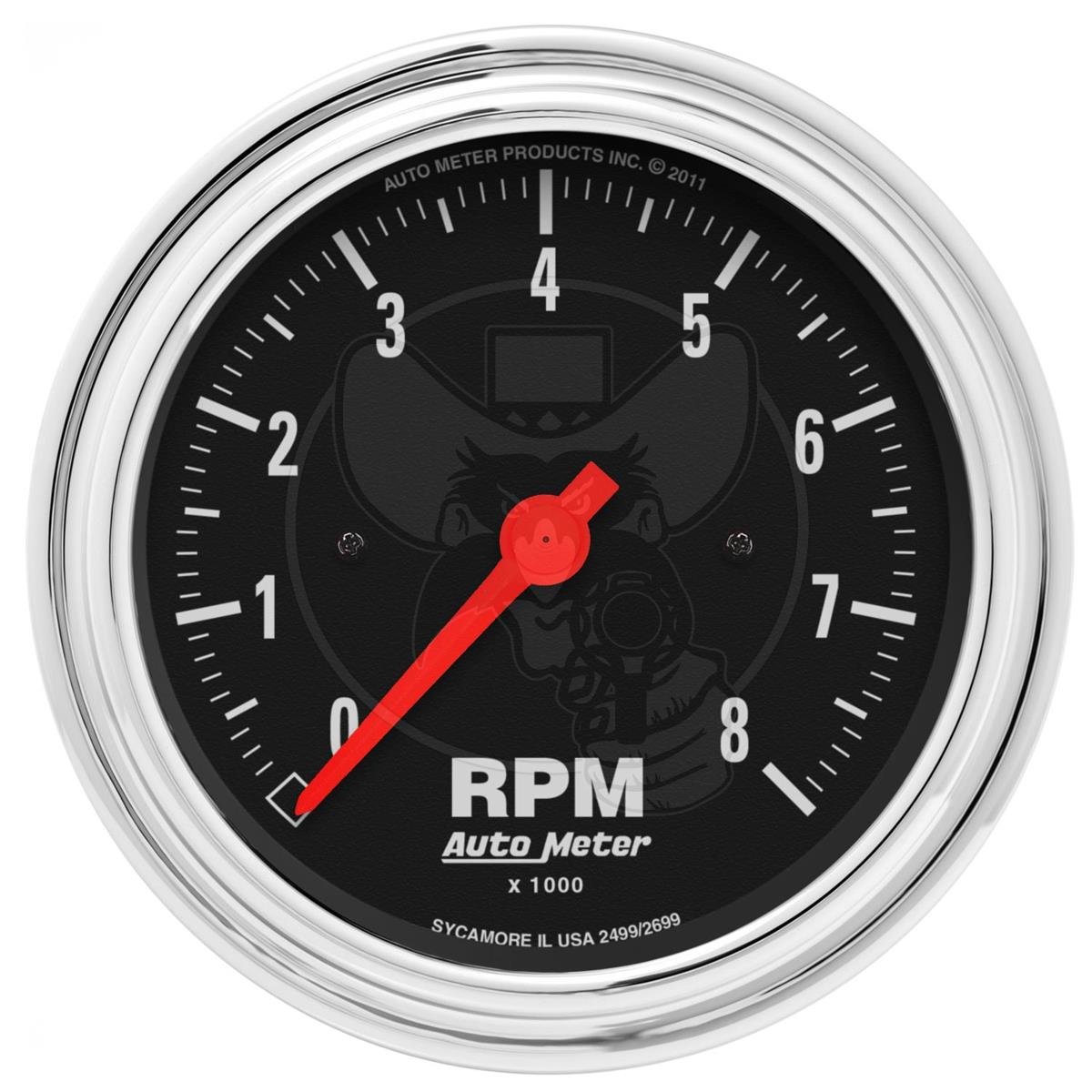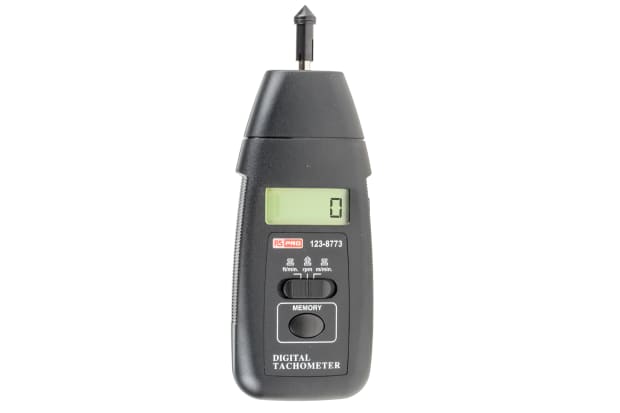Tachometer Buying Guide: Attributes to Try To Find and Best Brand names
Tachometer Buying Guide: Attributes to Try To Find and Best Brand names
Blog Article
Opening the Keys of Tachometers: Everything You Need to Understand About This Crucial Tool in Your Car
Recognizing the complexities of tachometers can supply important understandings into your vehicle's efficiency and upkeep demands. From determining engine rate to deciphering the information it provides, tachometers work as an essential tool for automobile owners and fanatics alike. By unraveling the enigmas behind this essential tool, you can open a wide range of info that can boost your driving experience and make sure the longevity of your lorry.
Importance of Tachometers
The importance of tachometers hinges on their capability to give important real-time information regarding an engine's rotational speed, enabling accurate monitoring and upkeep of equipment. By measuring the revolutions per min (RPM) of an engine's crankshaft, tachometers use beneficial understandings into the engine's performance - tachometer. This information is important for guaranteeing that the engine runs within its optimum range, avoiding potential damages from over-revving or underperforming
Tachometers play an important role in assisting operators and service technicians identify any kind of abnormalities in the engine's speed, which might suggest problems such as gas inadequacy, mechanical troubles, or excessive pressure on the engine. By without delay determining these problems through tachometer readings, upkeep can be done proactively, stopping pricey repairs and downtime in the future.
Moreover, tachometers are specifically critical in high-performance lorries and machinery, where specific control over engine speed is necessary for optimal operation. Competing autos, airplane, and industrial devices depend on tachometers to deliver peak efficiency while keeping safety requirements. In significance, tachometers are not simply tools for determining rate but vital devices for making sure the smooth and effective procedure of engines across various applications.
Exactly How Tachometers Action Engine Rate
Using sensors that identify the frequency of electric pulses produced by the engine's ignition system, tachometers accurately determine the rotational speed of an engine. By keeping track of the rate at which these pulses are gotten, tachometers supply real-time feedback on exactly how quick the engine's crankshaft is rotating per minute, typically referred to as revolutions per minute (RPM)
The tachometer's sensor, usually attached to the engine's ignition coil or stimulate plug cords, gets the electrical signals produced each time a cylinder fires. These signals are then converted into RPM readings presented on the gauge or instrument cluster within the chauffeur's sight. Tachometers can be analog or digital, with modern automobiles generally including electronic screens for precise and rapid RPM analyses.
This information is important for chauffeurs to comprehend the engine's efficiency, protect against over-revving, enhance equipment shifting, and guarantee effective fuel consumption. By accurately measuring engine rate, tachometers play an essential function in helping chauffeurs run their cars securely and efficiently.
Interpreting Tachometer Analyses
Having a clear understanding of exactly how tachometers gauge engine speed establishes the structure for efficiently translating the RPM analyses presented. Translating tachometer analyses is important for optimum automobile efficiency and engine wellness. RPM (Transformations Per Min) analyses on the tachometer suggest the rate at which the engine's crankshaft is turning. When the engine is idling, the tachometer needle typically relaxes around 600-1000 RPM, relying on the vehicle. As you increase, the RPM will certainly increase, showing the engine's higher rotational speed. When shifting equipments in a hands-on transmission vehicle, the RPM will go down as you engage the clutch and try this site modification gears, then increase once again as you speed up in the new equipment. Monitoring the tachometer can help you establish the most effective changing indicate make best use of gas economic situation and engine power. Furthermore, unusual changes or regularly high RPM analyses could show potential issues with the engine that might need expert attention. By taking note of the tachometer analyses and understanding how to translate them, you can ensure your vehicle operates smoothly and efficiently.


Tips for Making Use Of Tachometers Effectively
To enhance driving efficiency and enhance engine efficiency, what trick strategies can be carried out for successfully utilizing tachometers? Tachometers are critical devices that offer real-time feedback on engine speed, making it possible for chauffeurs to make informed choices for far better performance - tachometer. Here are some ideas for content making use of tachometers efficiently:
Recognizing Optimum RPM Range: Acquaint yourself with the optimal RPM (Changes Per Min) array for your lorry. This range ranges different cars and is usually suggested in the proprietor's manual. Maintaining the engine within this array can boost fuel efficiency and prolong the engine's lifespan.
Changing Equipments at the Right Time: Use the tachometer to determine the ideal time to change equipments. Purpose to change equipments when the RPM reaches the optimum range for the next gear.
Checking Engine Anxiety: High RPMs for extended periods can strain the engine. Maintain an eye on the tachometer to stop over-revving, particularly throughout velocity or when bring heavy loads.
Tachometers and Automobile Upkeep
When taking into consideration car upkeep, tachometers play an important function in checking engine performance and identifying prospective concerns. Tachometers supply crucial data on engine rate, enabling motorists and technicians to make sure that the engine is running within the recommended RPM array. Regularly monitoring the tachometer analyses can assist recognize problems such as engine misfires, damaged ignition system, or problems with the gas shipment system. By paying attention to the tachometer, motorists can avoid excessive strain on the engine, which can bring about expensive repairs down the line.
In addition to finding prospective problems, tachometers can also aid in enhancing gas performance. By maintaining the engine rate within the optimum range, drivers can enhance their gas mileage and reduce fuel intake. This not just benefits the vehicle driver's pocketbook however also adds to environmental preservation by lowering unsafe exhausts.
Verdict

Report this page